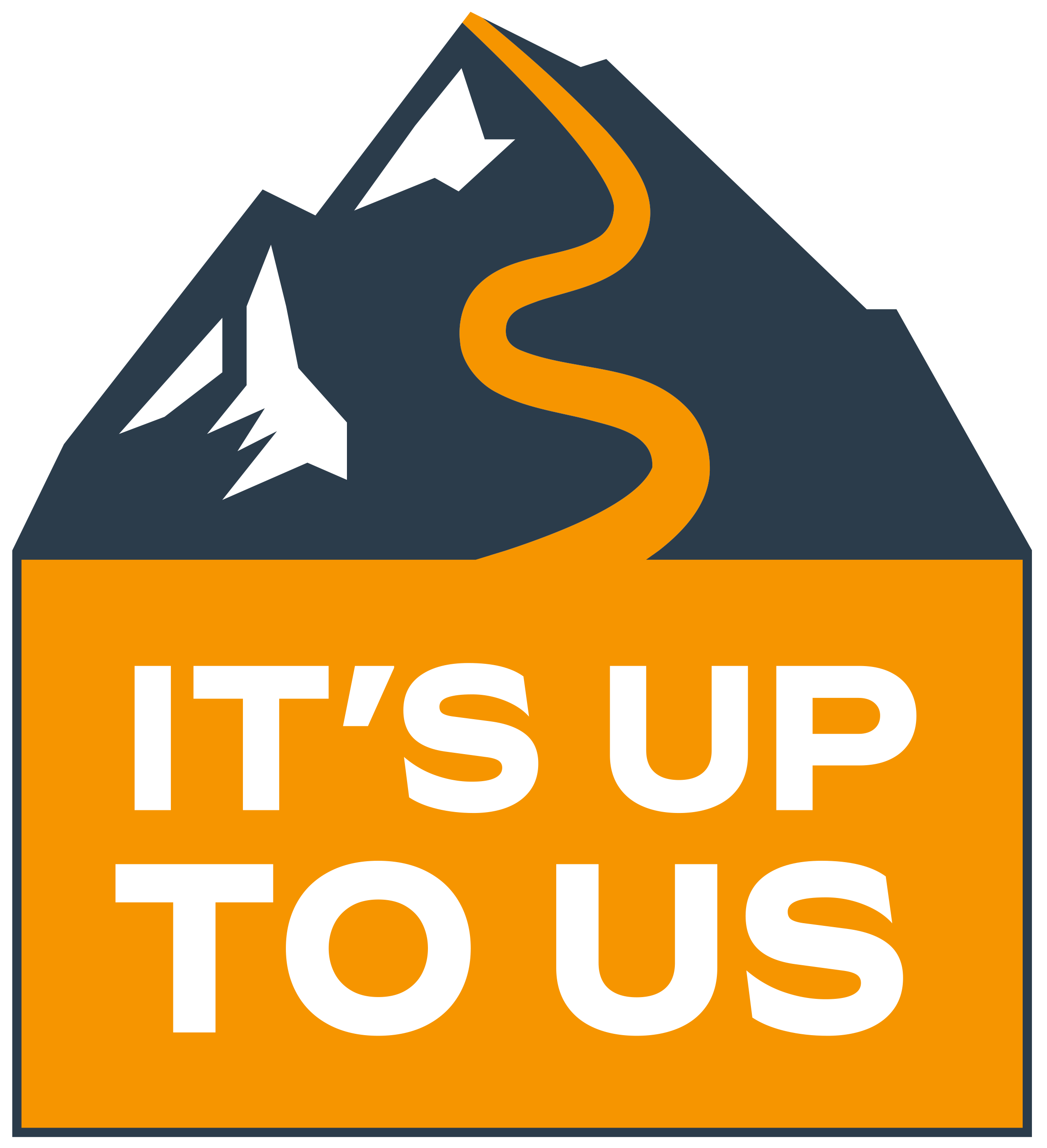
The funding gap
Outdoors access, recreation and tourism is a vital to Upland Scotland, with our mountain landscape providing one of our most significant national assets. Outdoors tourism is a major and growing part of the economy – the hills provide habitat for many of our valued species, and the mountain landscapes are synonymous with our national identity and culture, providing a vital escape from the pressures of the modern world via sport, recreation and a reconnection with nature.
But the mountain landscape itself is vulnerable and, due to weak vegetation, friable soils and high rainfall, is highly vulnerable to erosion with comparatively low numbers of recreation users. The upland path network provides access to Scotland’s mountains, and so underpins the hill tourism industry. The sustainability of our mountain path network is therefore fundamental to the sustainability of Scotland’s uplands as an economic and environmental asset.
The challenge of funding path projects
Over the years, between £22-25m has been generated and spent on upland path work, always on land in public ownership, within National Parks or within the sphere of an NGO eg. conservation charities. Of this, at least £7m will have come from EU funds which are no longer available post-Brexit.
Whilst lottery funding is still available for these types of projects, it is highly competitive, and public funds are not generally available for paths on privately owned land. The loss of EU funding creates a big gap for the sector and projects such as It’s Up to Us.
Here are some examples of path projects carried out historically with EU funding:
- The Mountain Path Management Project (CCS/SCP 1985-90) grant carried out approximately £300k of work piloting techniques and operational methods in the Cairngorms, Glencoe, Ben Lomond, Kintail, Arran and Skye.
- The Footpath Trust 1995-2000 carried out £3m worth of work using Objective 1 ERDF for path building and ESF funding for skills training and providing new path workers in the area. EU funding used = £1.5m.
- The National Trust for Scotland has carried out extensive capital works with heavy reliance on EU funding between 1999 and 2008 on all their mountain properties, with four phases of grant work worth £5m, and £2.2m provided by EU. They also delivered £1m of training work bringing in new workers to the industry using £700k of ESF funding over 10 years. They continue to do discrete pieces of work using donor funds and run an inhouse team for maintenance out of their public appeal. EU funding used = £2.9m.
- The Outdoor Access Trust for Scotland (OATS) has delivered three major programmes of mountain path work. Total EU funds OATS used for upland path work = £2m
- £2.3m Eastern Cairngorms Access Project, using £3/4m ERDF
- £2.1m Cairngorms Mountain Heritage Project, using £720k ERDF funding
- £5.6m The Mountains and The People Project, the first major project not to use EU funds.
- £400k ESF assisted path skills training project over four years to bring in new path workers on these schemes.
- NatureScot has invested heavily in mountain paths on their nature reserves over the years, including Ben Wyvis, Beinn Eighe, Creag Meagaidh, with a combined sum of approximately £1m spent. It is not known how much of this comprised EU funds.
- Highlands and Islands Enterprise has put a lot of work into the Cairngorm Estate previous to partnering with the OATS projects, with major projects on Cairngorm, North Coires and Lochain Lurchers over the years totalling c £1m. It is not known how much of this is EU funding.
- Ben Nevis has had a number of rounds of path building, carried out John Muir Trust and/or Nevis Partnership with a combined value of over £1m.
- There are a number of other discrete projects led on individual paths by various organisations over the years, including Perth and Kinross Countryside Trust at Ben Vrackie, Aberdeenshire at Bennachie and Friends of Ben Rinnes at Ben Rinnes.
Dougie Baird, CEO, The Outdoor Access Trust for Scotland (OATS) April 2023
